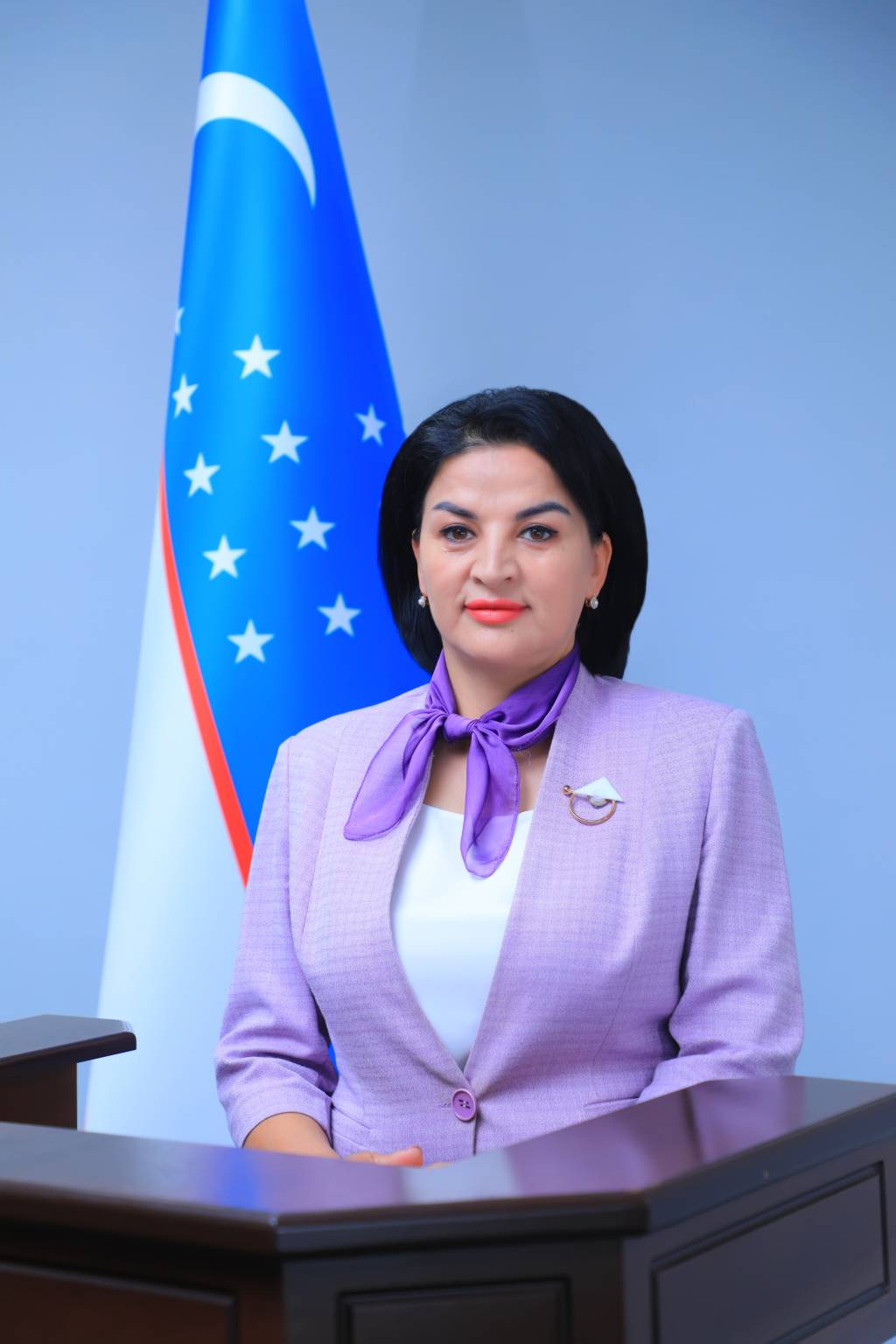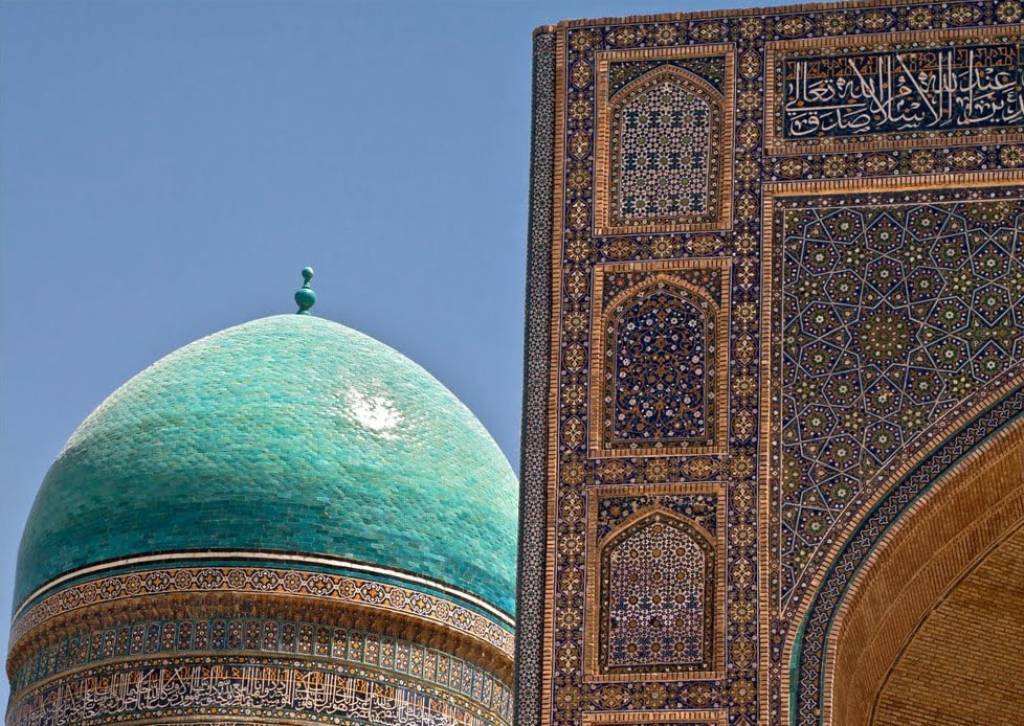WNAM MONITORING: To the Second Zaamin International Maqom Art Festival
Representatives of the intelligentsia, cultural, artistic, and cinema figures took part in the Council of Spirituality and Enlightenment meeting on December 22, 2023, under the chairmanship of the President.
The Head of our state emphasized the importance of cinema, theater, music, and art in raising the spirituality of young people and strengthening their sense of patriotism and gave specific instructions to intensify cooperation in this direction. Also, at the meeting, special attention was paid to creating national folklore groups in mahallas, developing national maqom art, and carefully preserving intangible cultural heritage, which are the sacred duties of each of us.
Today, it is becoming a tradition for young people to sing frivolous, superficial, shallow songs and dance to them. Undoubtedly, this causes concern for everyone who is not indifferent to art. In these songs and melodies, form prevails, not content.

If we approach the matter philosophically, spiritual perfection is achieved only if the content prevails. To do this, it is necessary to raise the national spirit of the young generation and further promote the national art of maqom, national folklore, and national pop art inherited from our ancestors in all areas to fully support and encourage young people who are passionate about creativity and working in this direction and present them as an example and role model.
As part of implementing the tasks set by the President at the Council meeting, special attention is paid to the further development of culture, theater, folklore, and the art of bakhshi in our country, including in Jizzakh region. The regional drama theater staged performances aimed at promoting our history and patriotism: “Tumaris”, “Jizzakh Uprising”, and “Nodirabegim”. One day of each month was declared Theater Day.
In our country, the national competition of maqom performers is held regularly every four years. On May 29 this year, the national contest of maqom art was held for the first time in Jizzakh region. The Jizzakh maqom ensemble won an absolute victory. It will participate in the Second International Maqom Art Festival, and 20 winners will be from different regions in four directions, which will be held for the first time in Zaamin.
About 400 foreign guests and 1,300 local participants are expected to attend the festival from June 27 to 30 this year.
The festival will include an international music fair, exhibitions of national songs and costumes, products of national handicrafts, fine and applied arts, sculpture, feature and documentary films, audio and video discs, books, photographs, and various fairs. At the same time, an international scientific and practical conference on “Theoretical and practical foundations of maqom art: problems and solutions” will be held.
Maqom (Arabic – place, space) is one of the main concepts in the music of the Muslim East. Initially, the word was used to mean mode – a place on the handle of a string instrument pressed with a finger to produce a sound of a particular timbre. Later, during the development of the theory of Eastern music, the meaning of the concept of maqom expanded. In musical treatises of scientists, theoretical and musical aesthetic issues related to melodies, form, genre, whole or serial instruments and singing methods, and musical styles that arose based on specific timbres are studied.
In the theory of classical music of the Near and Middle East until the 13th century, the number of maqoms was not clearly defined. Based on this system, Safiuddin al-Urmawi created a perfect tablature and defined the scales of 12 maqoms. This system, with some improvements, was used until the 17th century. Based on twelve maqoms, various national and regional types, and categories of maqoms were later created. Uzbeks and Tajiks call them maqom, Turkmens and Uyghurs – muqam, Iranians – muram or dastgah, Azerbaijanis and Armenians – mugom, Turks and Arab peoples – maqam.
Under the influence of folk and local national traditions, the musical and performing features of maqoms were enriched with new aspects. Their total number, name, order, and structure have certain similarities and differences. Today, maqoms, by their weight and content, constitute the central part of the musical heritage of many Muslim peoples. They are diverse in form and performance style and consist of rhythmic melodies. In particular, Bukhara shashmaqom, Khorezm, Samarkand maqoms, Fergana-Tashkent maqoms, as well as cycles of wild, surnay, and dutar maqoms appeared in Uzbek classical music. A significant part of domestic musical creativity consists of various tunes that originated in ancient times, among which maqoms occupy a special place, a classic product of composers’ past creativity and has been polished for centuries in oral tradition. Since the beginning of the 20th century and to this day, Uzbek composers have skillfully used maqoms.
The art of ancient maqom has regained its full artistic and aesthetic significance, becoming an integral part of the modern musical process and demonstrating its incomparable creative, performing, and scientific potential.


